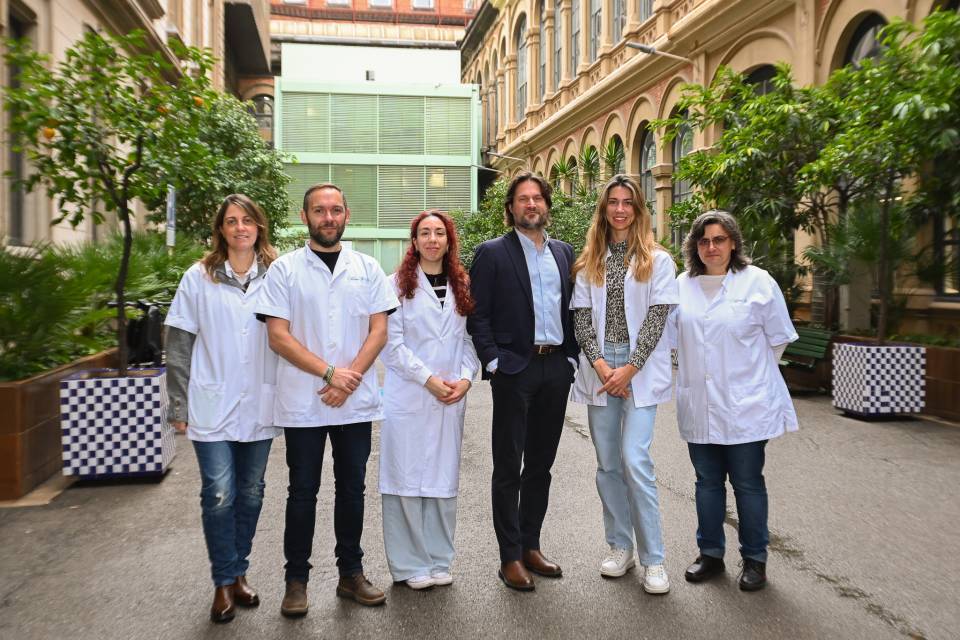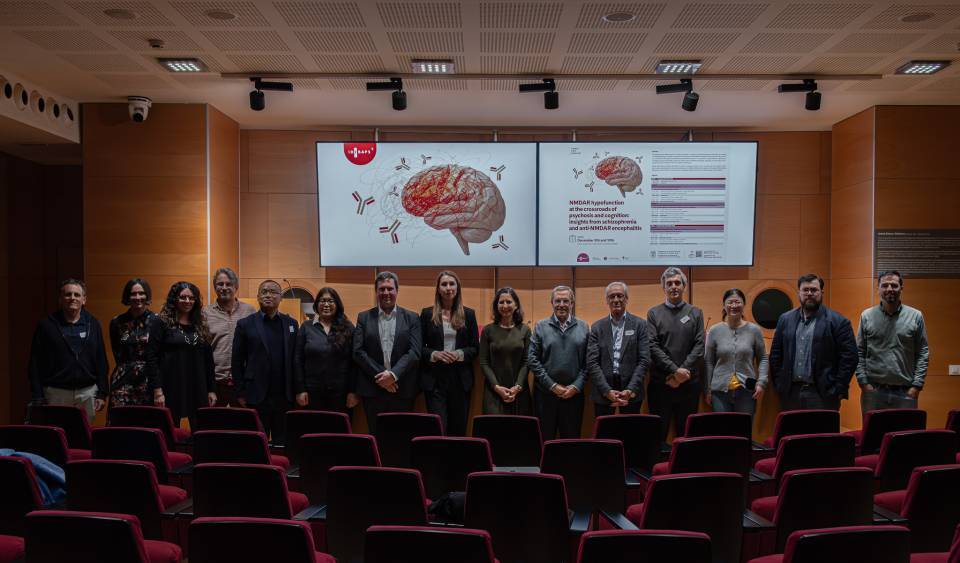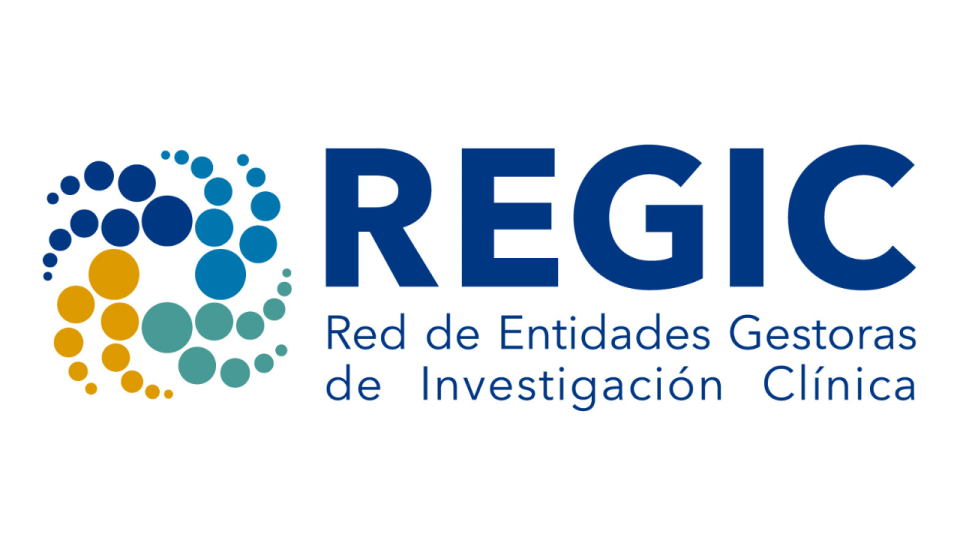Most cases of liver cancer could be prevented by reducing the prevalence of viral hepatitis, alcohol consumption, and MASLD (metabolic dysfunction-associated steatotic liver disease—formerly known as non-alcoholic fatty liver disease-, according to an analysis conducted within The Lancet Commission. The Commission emphasizes several measures to reduce these risk factors, such as expanding hepatitis B vaccine coverage and implementing public health policies targeting obesity and alcohol consumption.
Participating in this analysis were Dr. Josep M. Llovet, co-coordinator of the cancer area at IDIBAPS and head of the Translational Research in Hepatic Oncology group at IDIBAPS, Professor of Medicine at UB, ICREA Professor, and Professor of Medicine at Icahn School of Medicine at Mount Sinai; and Dr. Jordi Bruix, emeritus researcher of the Hepatic Oncology group (BCLC), led by Dr. Maria Reig. They all belong to the Clínic Barcelona Comprehensive Cancer Center, a structure promoted by Clínic, IDIBAPS and UB for comprehensive cancer care.
Liver cancer: a global health problem
Liver cancer is the sixth most common cancer and the third leading cause of cancer mortality worldwide, and its incidence could double in the next 25 years if urgent measures are not taken, reaching 1.5 million new diagnoses with up to 1.37 million deaths by 2050.
Dr. Josep M. Llovet points out that “the prevention of liver cancer is a global priority. Addressing the main risk factors through hepatitis B vaccination, screening of at-risk populations, and promoting healthy lifestyles can have a crucial effect in curbing the expected increase in incidence and mortality of this disease in the upcoming decade.”
Changes in causes of liver cancer
In this analysis, the Commission estimates that at least 60% of liver cancers are preventable by controlling modifiable risk factors, including hepatitis B virus (HBV), hepatitis C virus (HCV), MASLD, and alcohol.
The advanced stage of MASLD, whether associated or not with alcohol consumption, is the fastest growing cause of liver cancer worldwide. The proportion of liver cancer cases associated with MASLD is expected to increase from 8% in 2022 to 11% in 2050, while those linked to alcohol would rise from 19% to 21%.
A slight decrease is expected in the proportion of cases related to HBV and HCV.
A rising risk factor: MASLD
Approximately one third of the global population is estimated to have MASLD. However, only 20-30% of these patients develop the more severe form with inflammation and liver damage progressing to cirrhosis.
The rate of MASLD-linked liver cancer is expected to rise over the next decade, especially in the USA, Europe, and Asia, due to increasing obesity rates associated or not with other risk factors such as alcohol consumption. In the USA, MASLD prevalence continues to climb alongside the obesity epidemic, and by 2040, over 55% of adults could have MASLD.
In this context, Dr. Jordi Bruix highlights that “the rise in liver cancer cases related to metabolic disease, obesity, and alcohol constitutes a significant challenge for global public health. It is essential to prioritize prevention of risk factors and establish early detection programs in high-risk groups, as well as promote public policies encouraging healthy lifestyles. From a global perspective, an integrated approach combining research, clinical care, and preventive measures is needed. This is the strategy established by the Hepatic Oncology (BCLC) team led by Dr. Reig.”
One way to identify patients at high risk could be to establish non-invasive algorithms to detect significant liver damage in routine clinical practice in individuals with obesity, diabetes, or cardiovascular diseases. Healthcare professionals should integrate healthy lifestyle advice in routine follow-up to help patients adopt a healthy diet and physical exercise.
What can be done? Recommendations to reverse the trend
The Commission estimates that if countries manage to reduce liver cancer incidence by 2% to 5% annually up to 2050, between 9 and 17 million new cases could be prevented and 8 to 15 million lives saved.
More patients are living with liver cancer than ever, so beyond prevention efforts, research and care for these patients need to be increased to improve their quality of life.
The Commission proposes several strategies to reduce the global burden of liver cancer, including:
- Intensify hepatitis B vaccination, including mandates in high-prevalence countries, and implement universal screening for adults over 18, as well as selective screening for hepatitis C in high-risk areas based on cost-effectiveness.
- Establish minimum alcohol unit pricing, risk labeling, and restrictions on alcohol advertising.
- Prioritize investments in public awareness campaigns and early detection resources.
- Provide palliative care training in hospitals and professional organizations, aiming to integrate such care early for patients in need.
This Commission was funded by the National Natural Science Foundation of China, the Noncommunicable Chronic Diseases-National Science and Technology Major Project, and the Shanghai Municipal Science and Technology Major Project.




